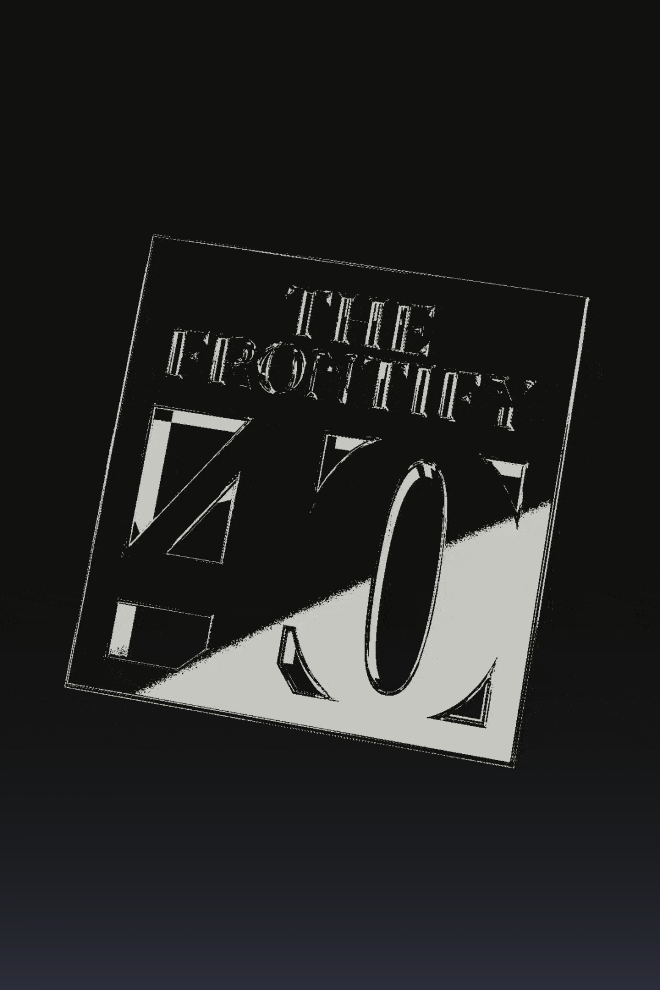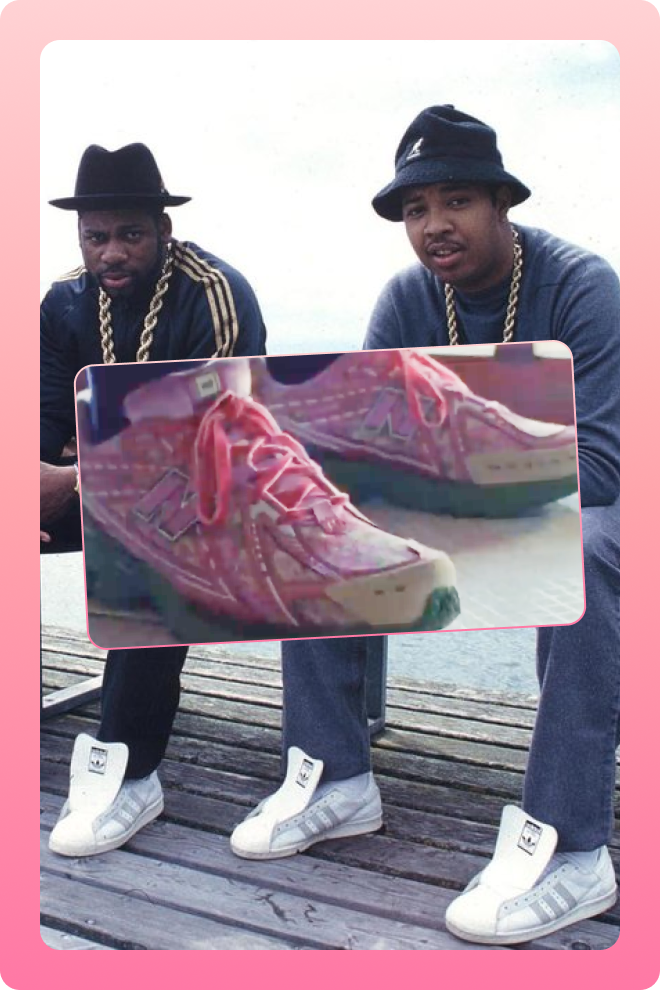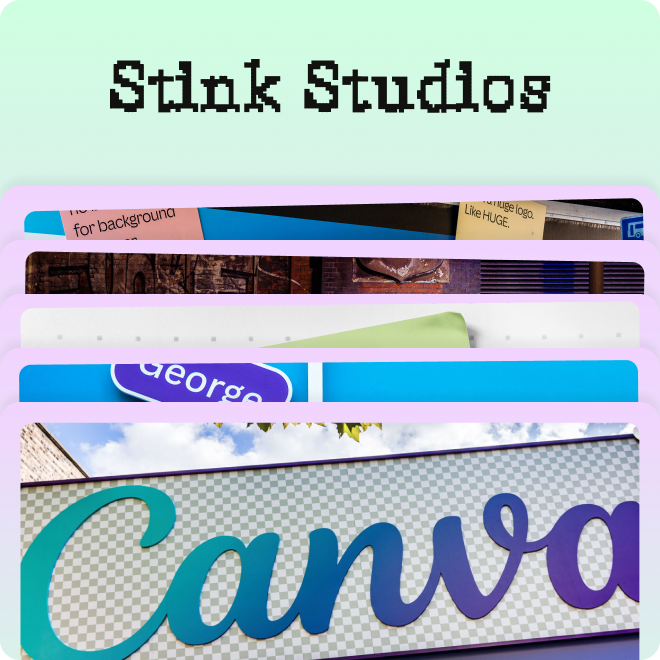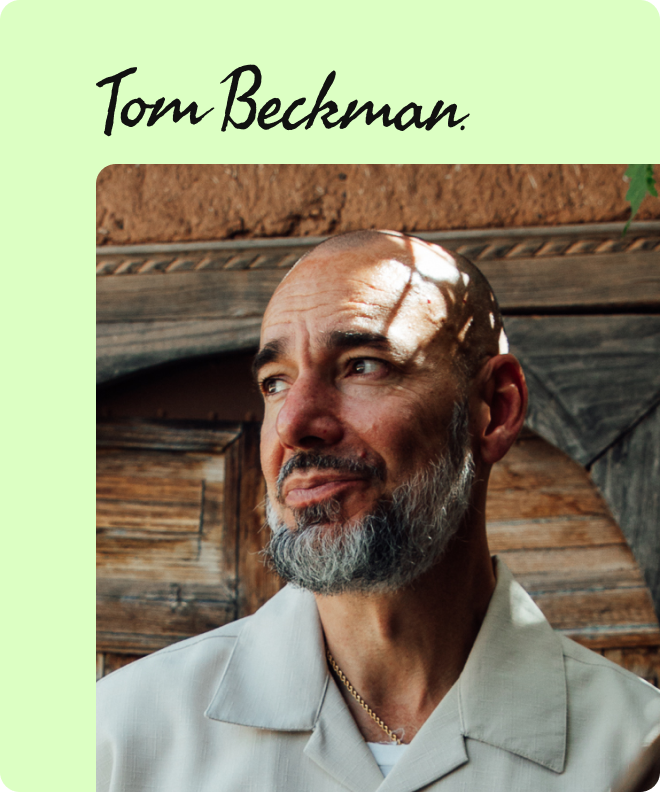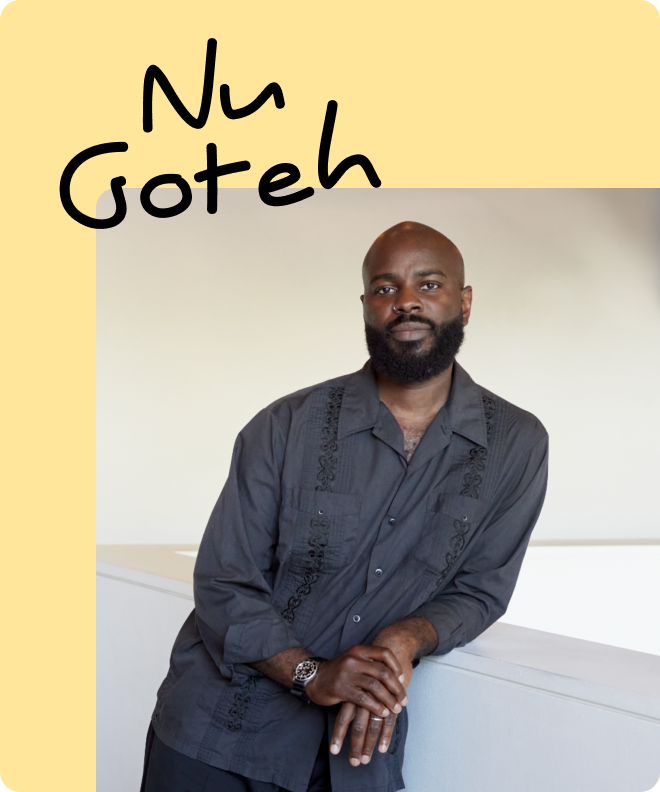Uncommon Creative Studio
When the no-nonsense skincare company, The Ordinary, wanted to showcase its scientific credentials, the team commissioned London's Uncommon Creative Studio to transform complex cosmetics research into something more captivating.
The solution? Position The Ordinary as a WikiLeaks-style whistleblower exposing beauty industry truths. Here's how they created the “Truth Should be Ordinary” campaign.
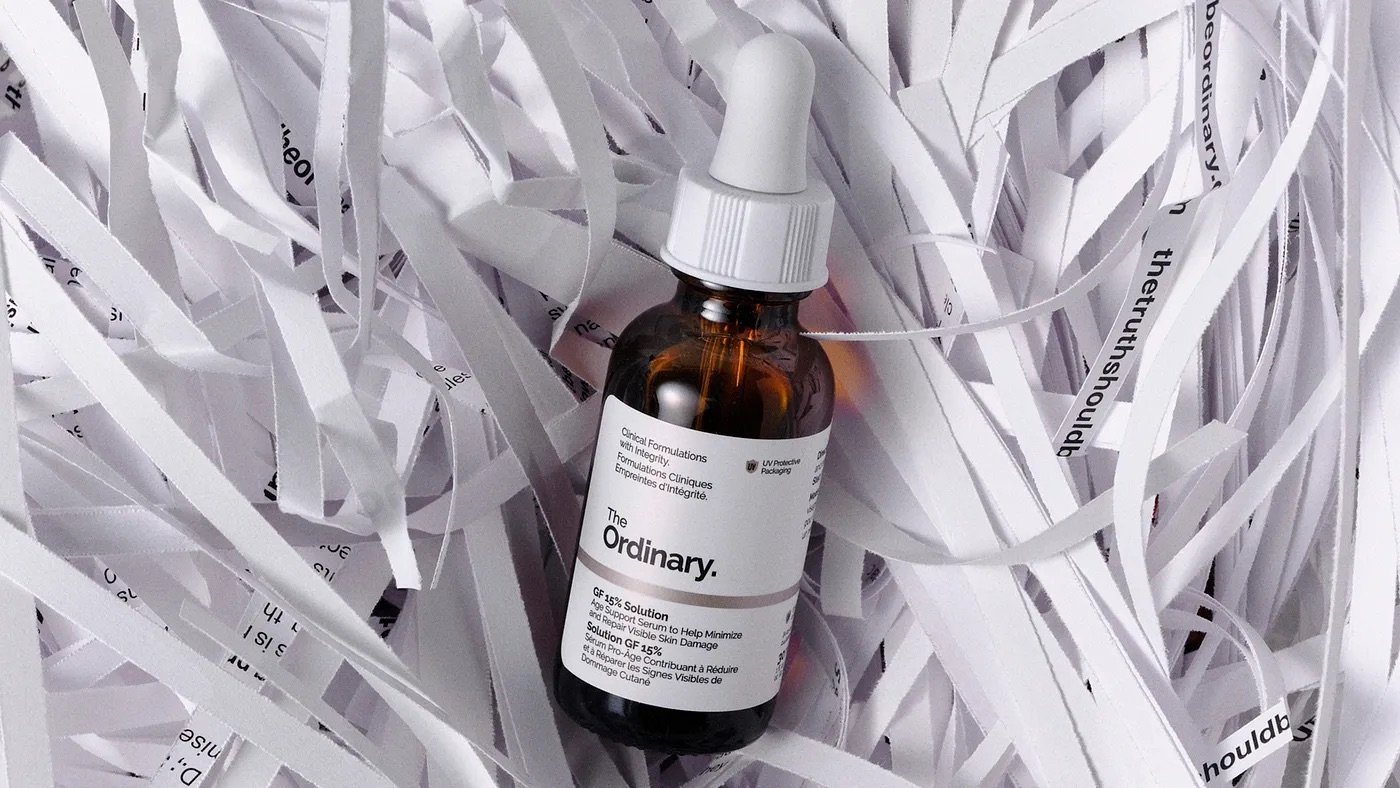
We'd worked with The Ordinary on a couple of past campaigns. While we loved those campaigns and really enjoyed our relationship, we wanted to take it to the next level and create something with a different shape — an act or an initiative rather than just an ad.
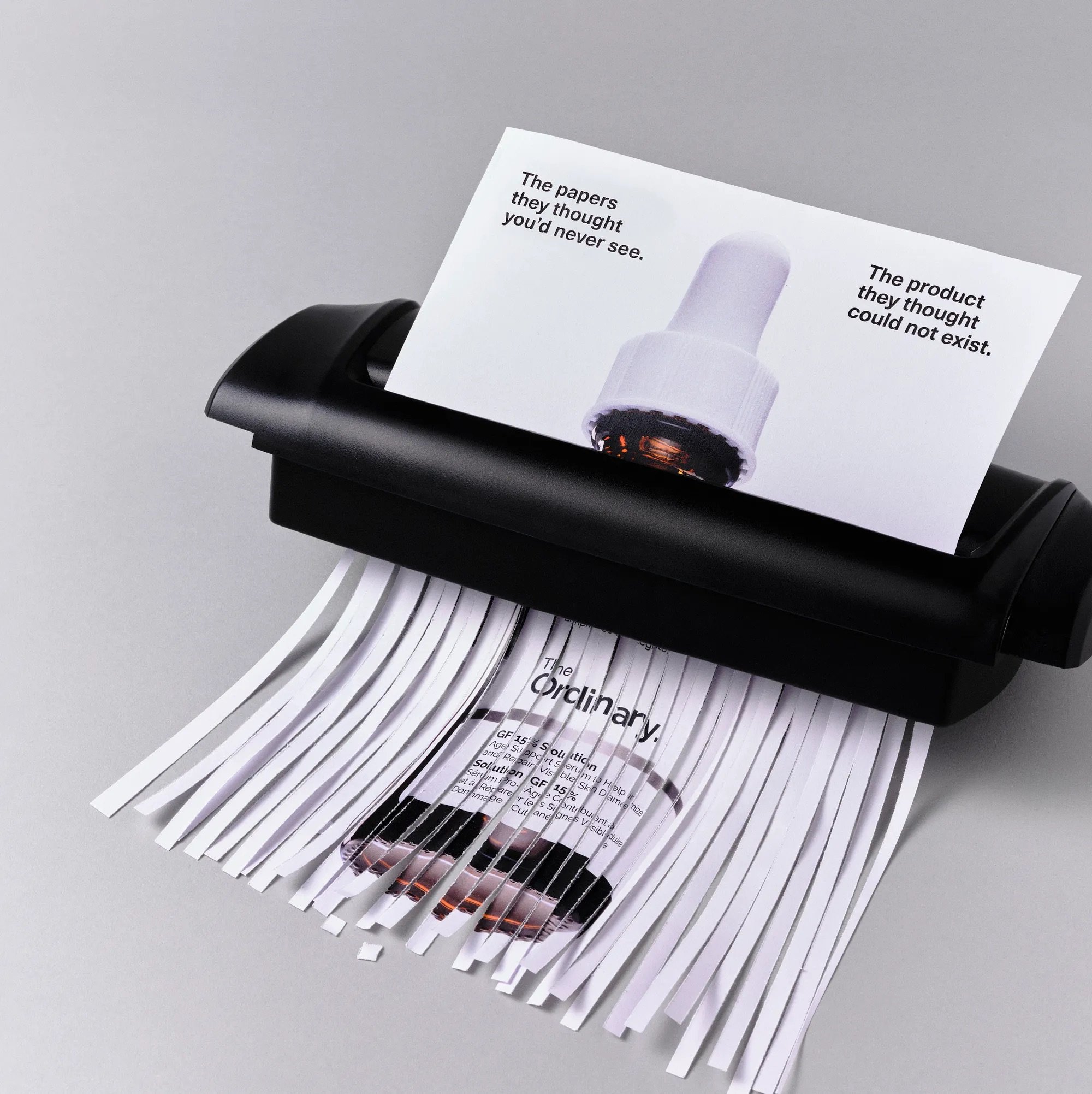
Many people don't realize how truly innovative The Ordinary is. Their innovative in-house scientists harness cutting-edge research to make premium ingredients accessible to everyone. One example: They took Growth Factors — a typically prohibitively expensive technology — and released it in a form that's actually affordable. Our aim was broader than Growth Factors; we needed to highlight both their scientific innovation and accessibility mission.
We loved that The Ordinary had such a clear point of view and that they had a real, powerful dedication to investing in scientific research. The tricky thing, of course, is that most consumers don't pay that much attention to scientific research or journals. Therein lay the challenge of the brief — and the excitement of it!
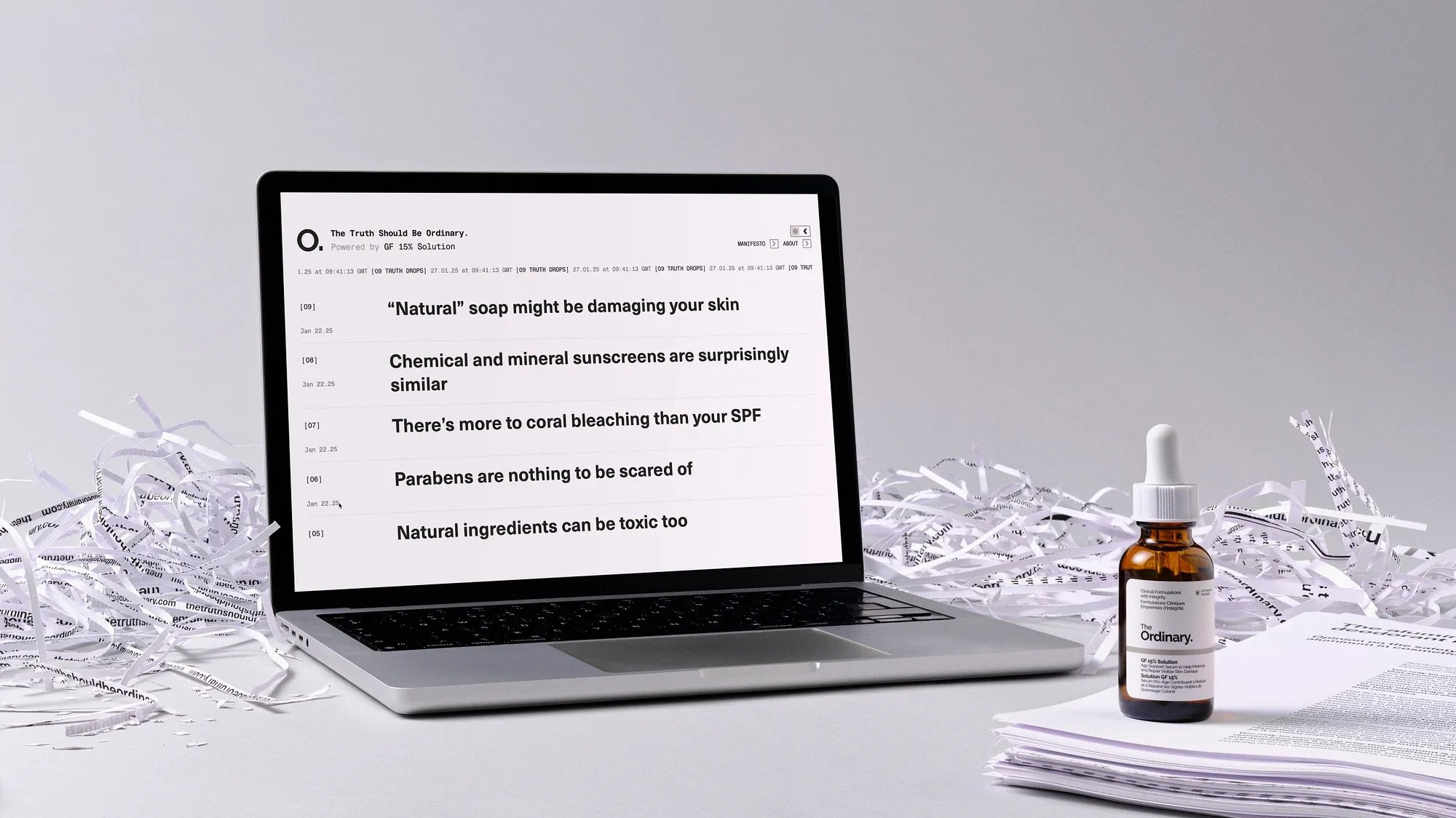
The team identified a pervasive issue: skincare misinformation spreading rapidly across social media while factual, scientific information remained locked behind academic paywalls. Without freedom of information, myths flourish unchallenged. Most people don't really care about scientific journals or technical documents — until they're denied access to them.
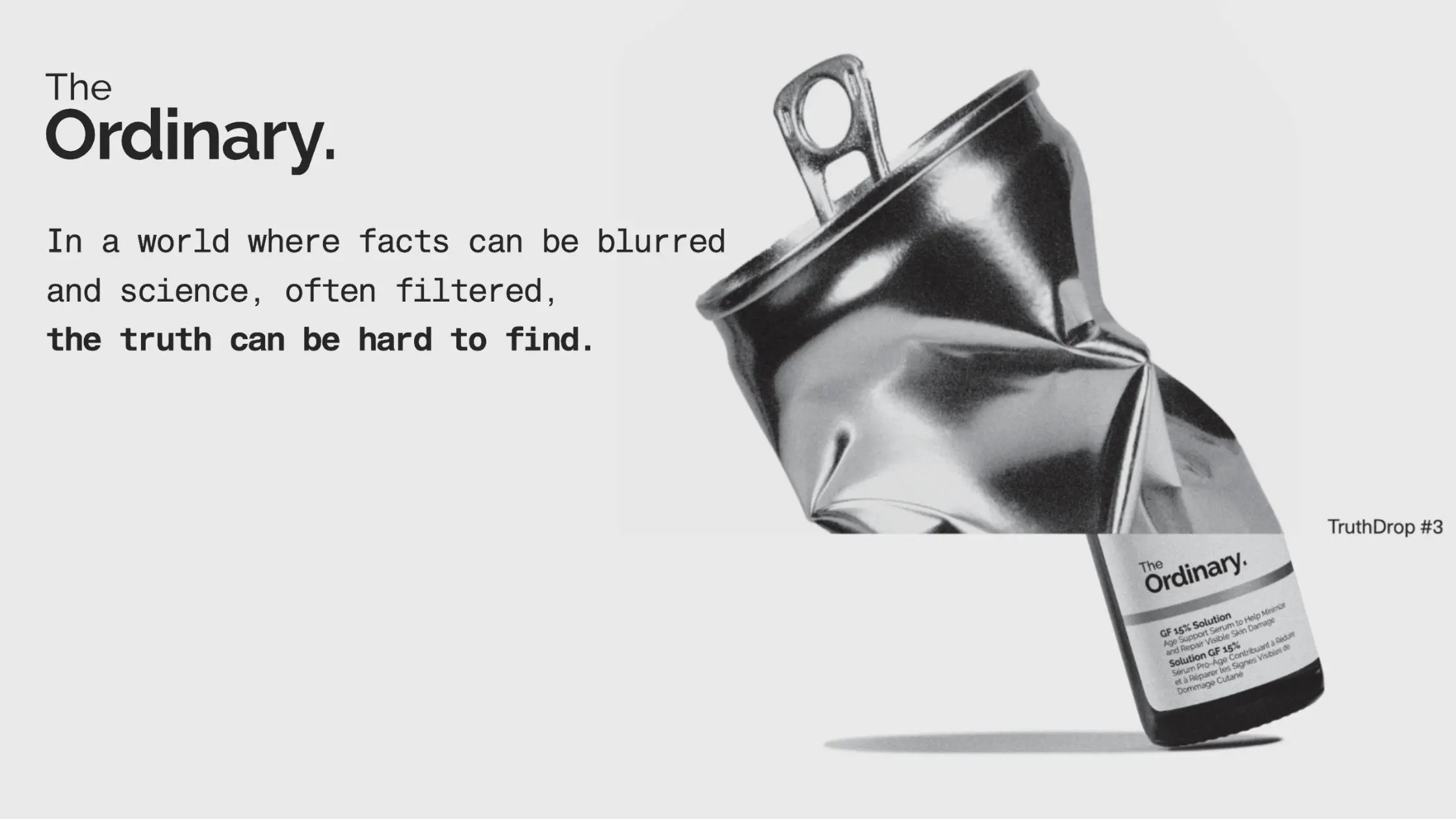
So, we decided to behave like a whistleblower, not a beauty brand. Drawing inspiration from whistleblowers like Julian Assange and Edward Snowden, we applied a similar approach to our thinking about beauty: When key skincare research is inaccessible, misinformation thrives.
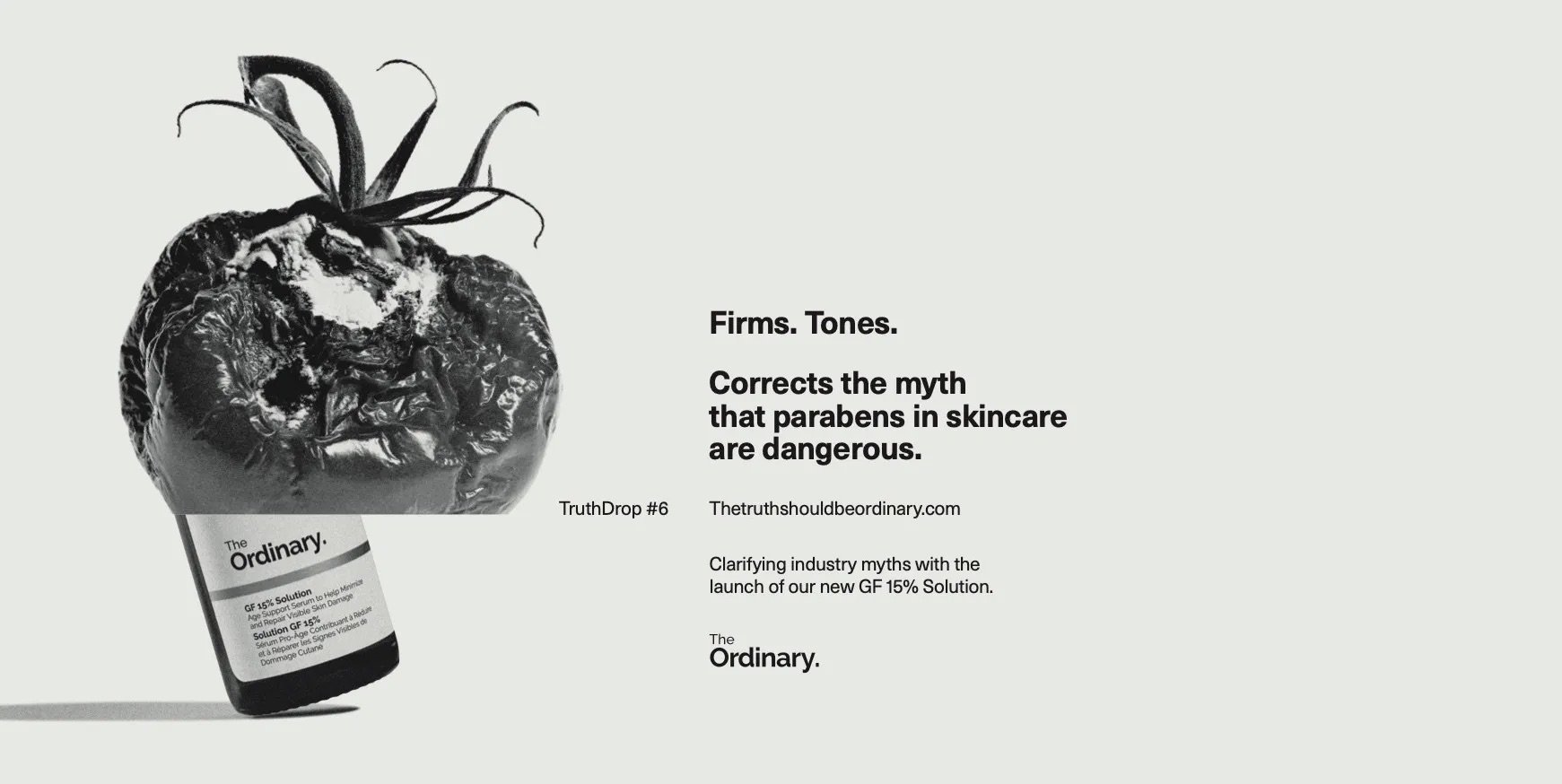
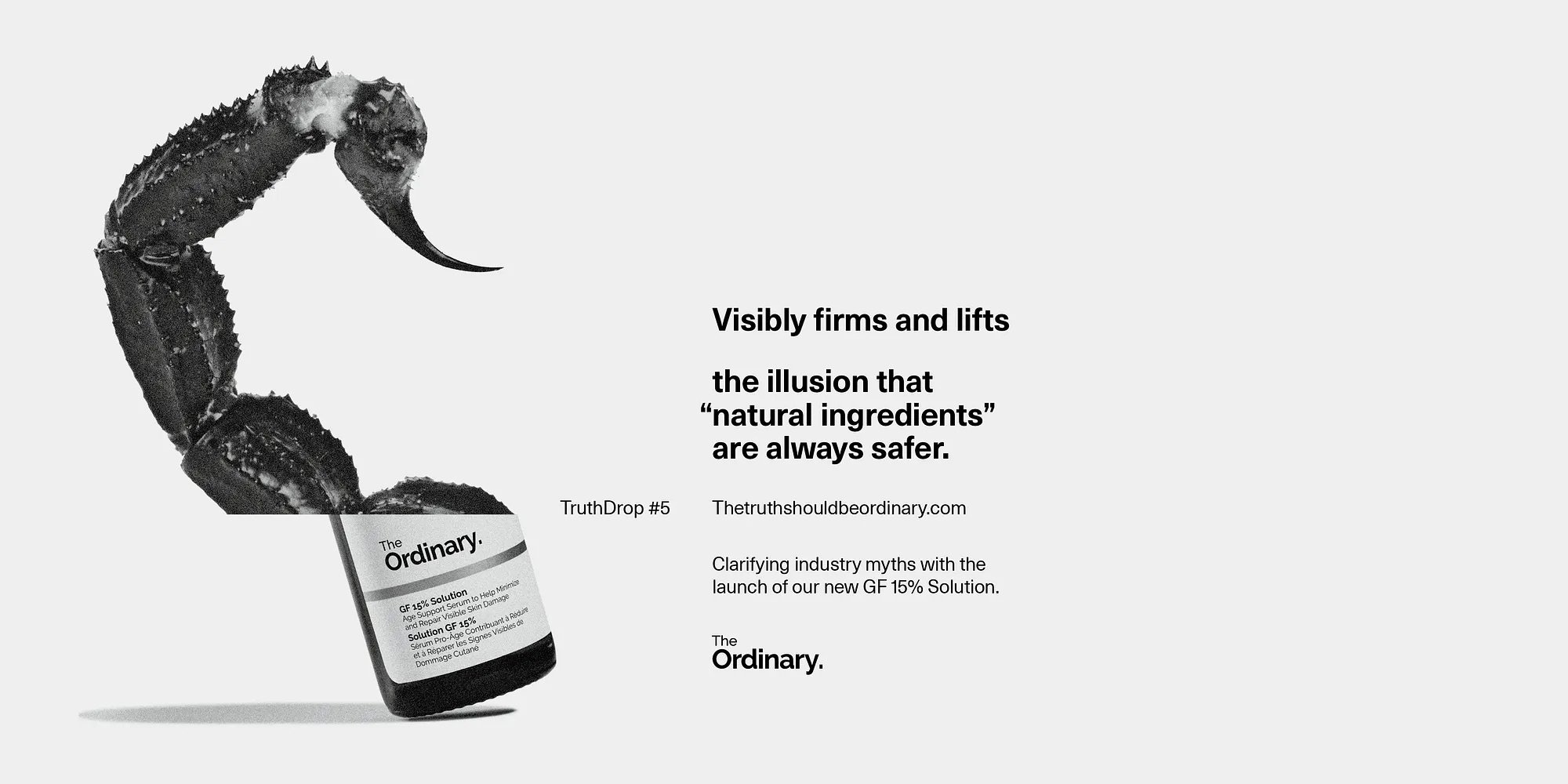
Working with The Ordinary's SciComms team, we selected research papers that address widespread consumer concerns and industry myths. Importantly, each paper came from independent sources, ensuring complete objectivity — for instance, we had one around aluminium in deodorants, which isn't related to the Ordinary at all.

At its heart, this campaign is about one thing: truth. And truth doesn't need a thousand colors or fonts or crazy imagery. It just needs space. So, we embraced minimalism. The stark, white-space-driven aesthetic perfectly complemented The Ordinary's existing brand identity. In a world of noise and distractions, the white space that’s baked into their identity always cuts through. Bold headlines paired with provocative imagery — like a rat for animal testing content — amplified the whistleblower aesthetic.
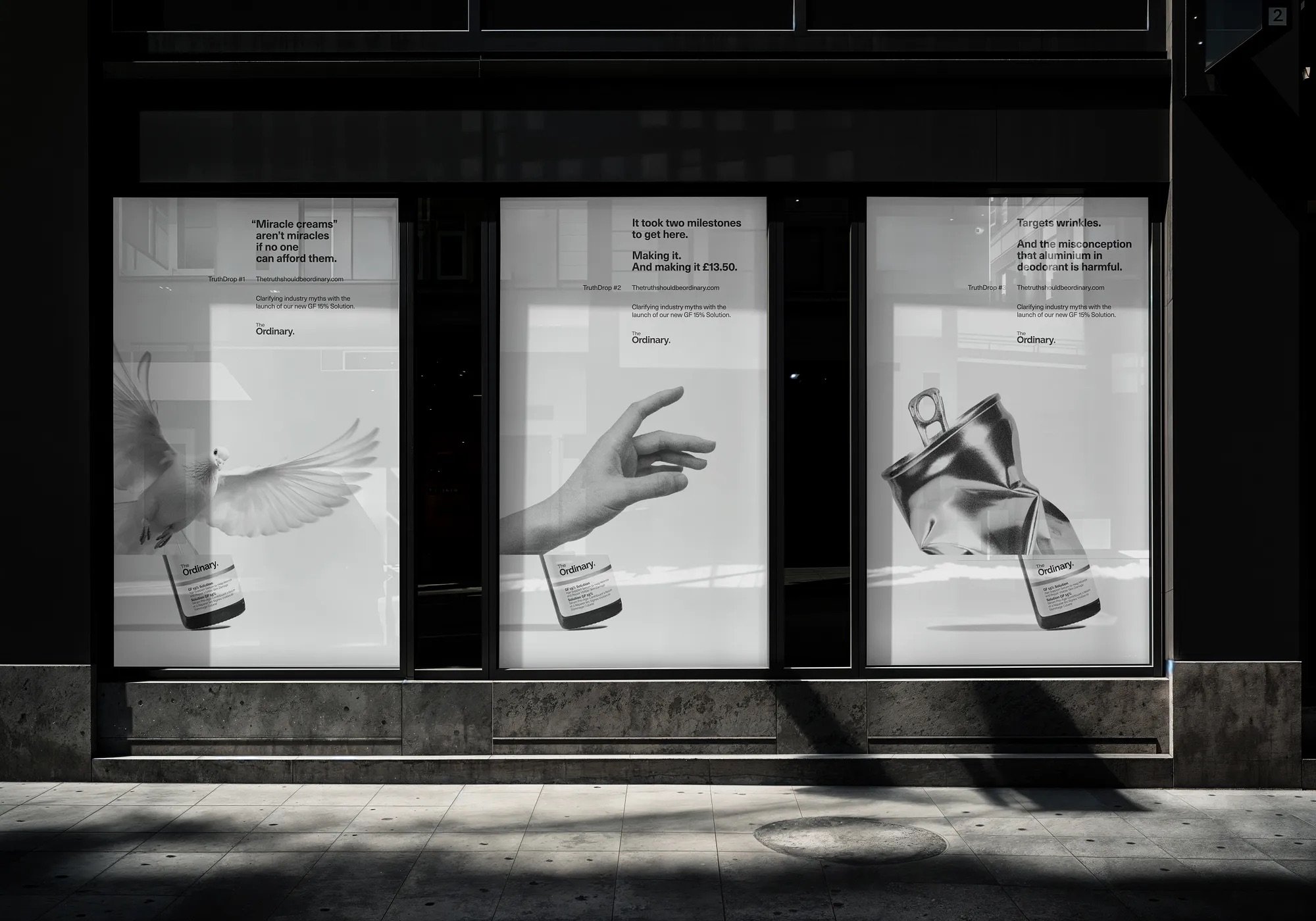

The dedicated microsite (thetruthshouldbeordinary.com) serves as the campaign's central repository that houses all the scientific papers and campaign materials in one accessible destination. Different media served different purposes: out-of-home executions busted individual myths while press placements explained the broader initiative. Social strategy varied by platform — we hijacked TikTok and Instagram Live for engagement.
This project is less about changing The Ordinary and more about unlocking the truth and point of view that they've always had. But what we've learned is that you can make anything — even scientific reports — fascinating and interesting. And, sometimes, it takes inspiration from beyond the category to unlock a disruptive way of outperforming the category.
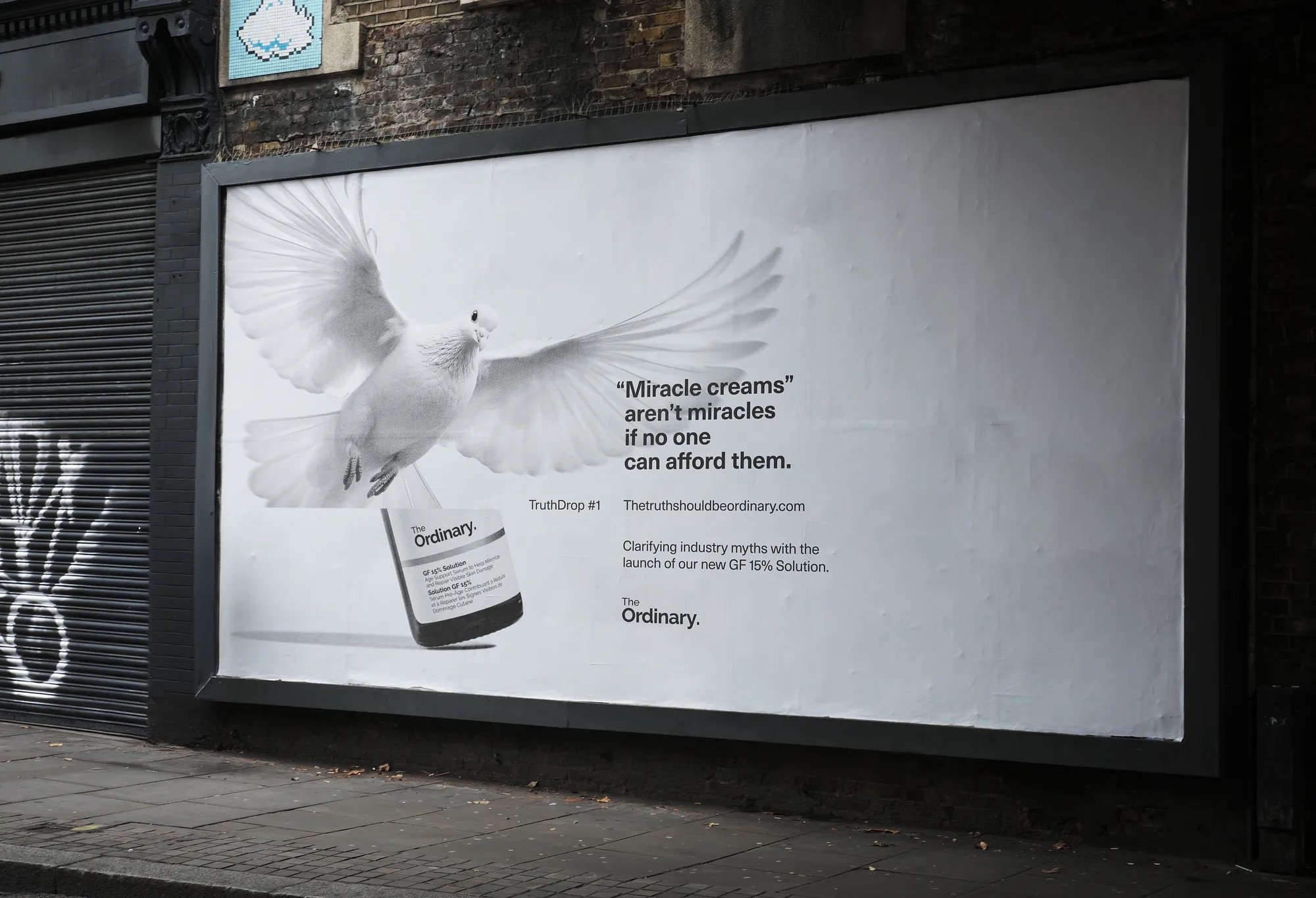
The campaign is ongoing, and it's one we hope to expand in the future, potentially even bringing in more scientists and other companies and involving consumers in the process.
As told to Alex Rayner, a journalist and content strategist who has worked with The Guardian, The Times, GQ, Esquire, Wallpaper, Phaidon Press, and Heatherwick Studio.

